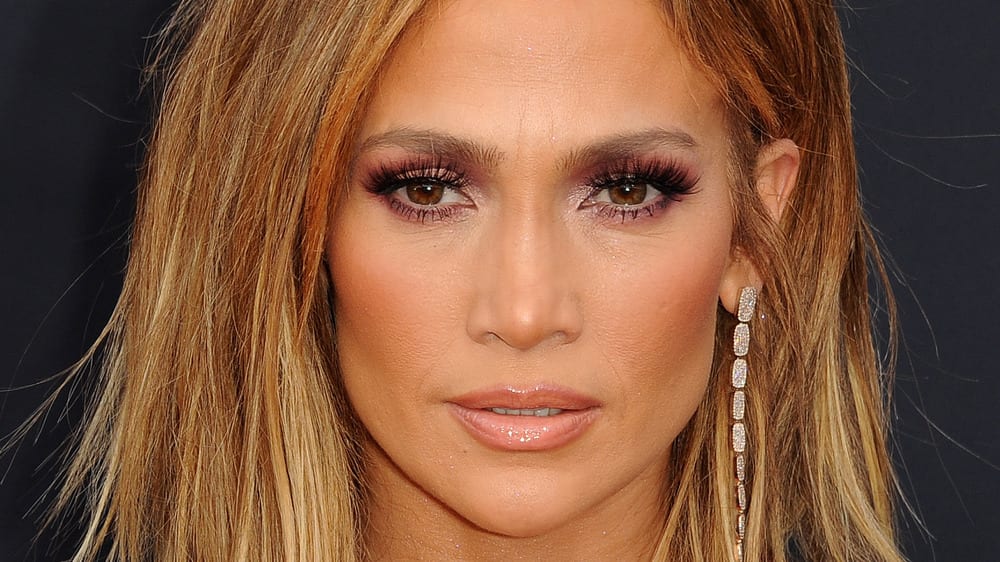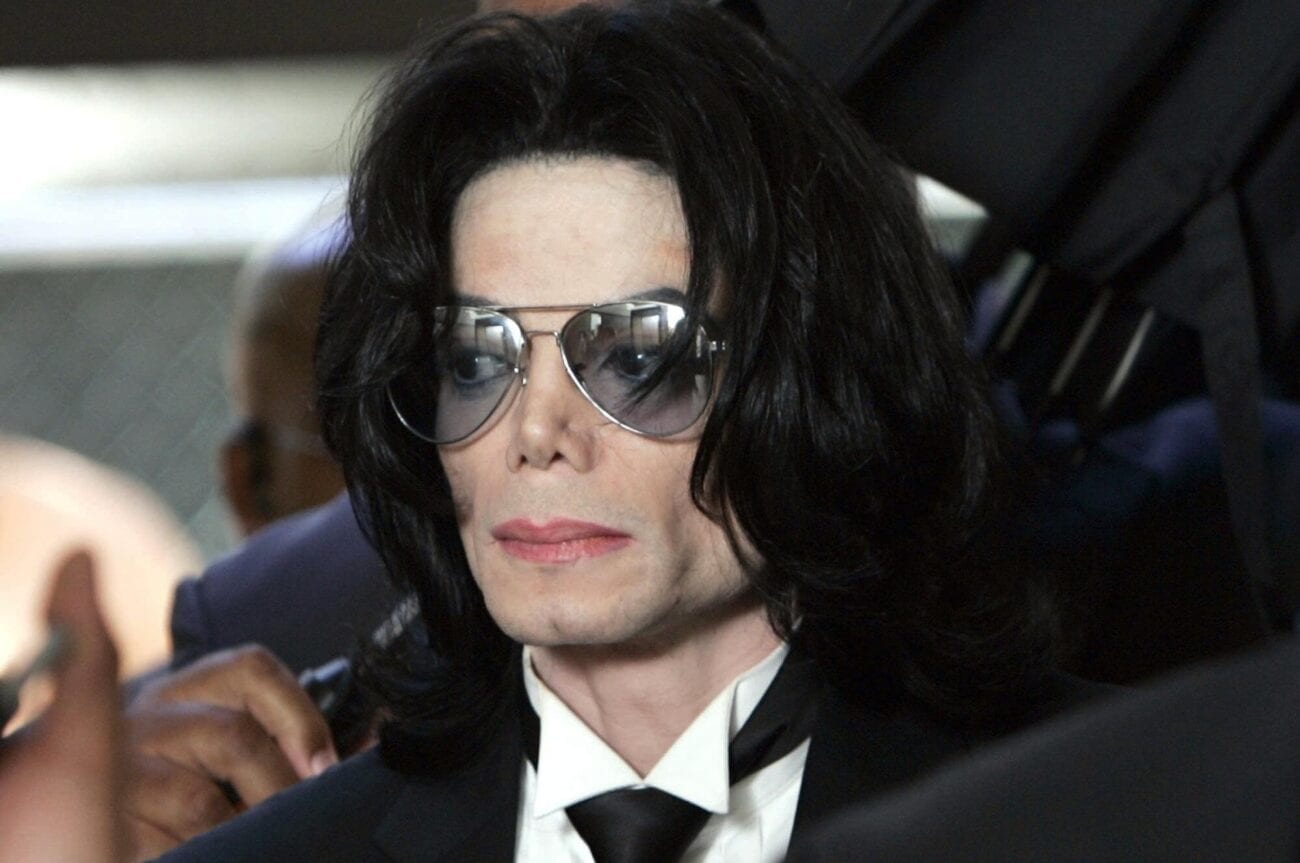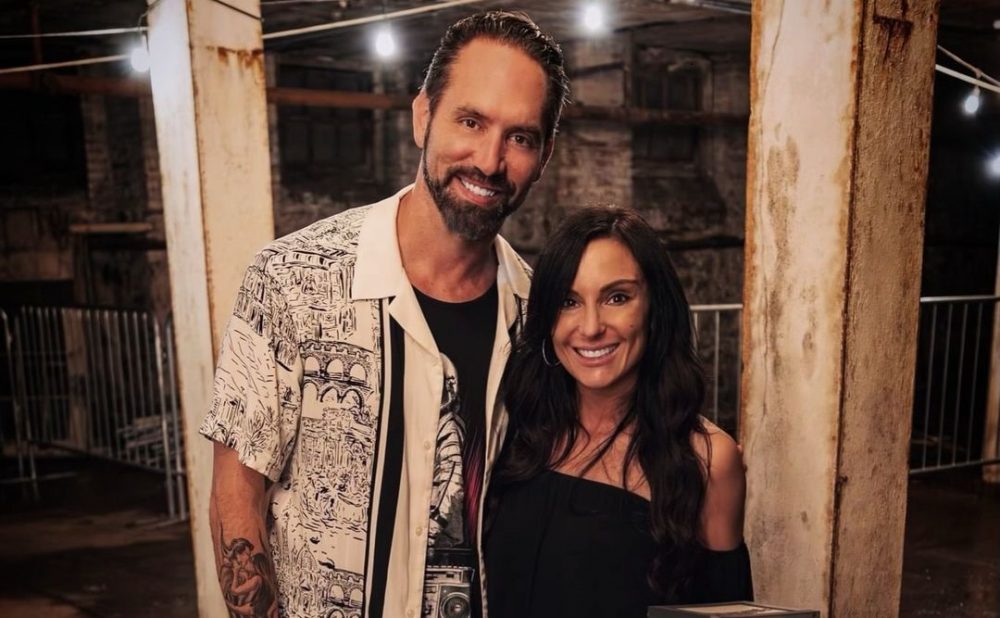Coachella has come a long way since its inception in 1999. Originally conceived as a festival focused on indie and alternative music, it has since become a massive mainstream event that attracts some of the biggest names in the music industry. Here’s a look at the evolution of Coachella over the years:
The early years
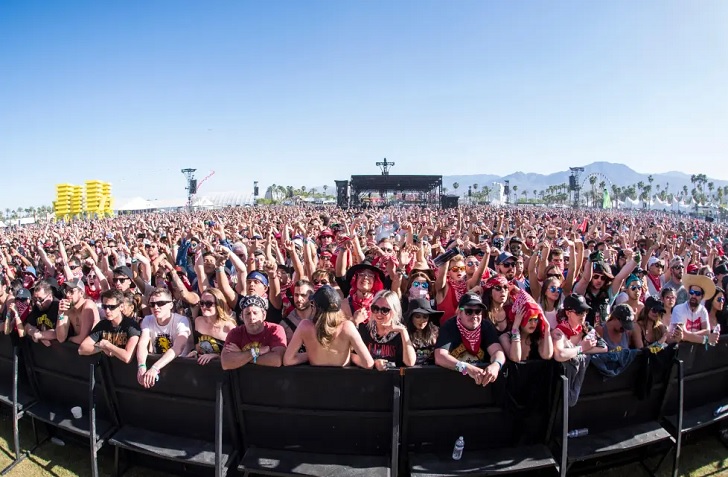
The Press-Enterprise
Coachella was founded in 1999 by concert promoter Paul Tollett, with a lineup featuring mostly indie and alternative acts. The festival was held in October, which was seen as a more favorable time of year for outdoor events in the California desert.
Expansion and growth
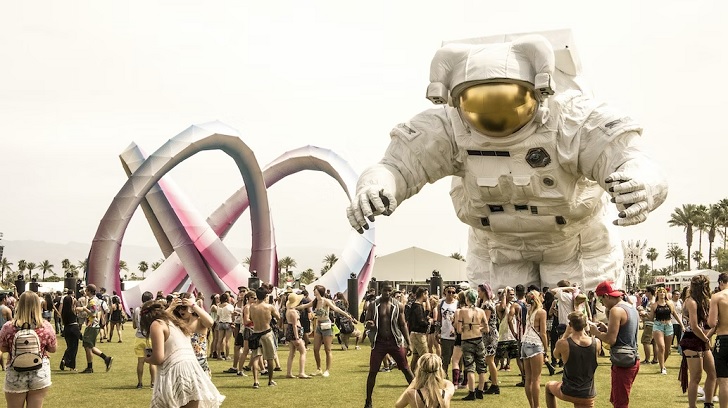
Andrew Ruiz | Unsplash
Over the years, Coachella expanded to include more genres of music and a larger number of artists. It also moved to a more favorable time of year, taking place in April when the weather was more mild. By 2004, the festival had grown to two weekends and three days each, with tens of thousands of attendees.
Mainstream success

Harper’s Bazaar
With its growing popularity, Coachella began attracting bigger and more mainstream acts, including some of the biggest names in the music industry. This helped to cement its status as one of the premiere music festivals in the world.
Diversification

Eater Los Angeles
In addition to music, Coachella has also diversified its offerings over the years. It now features art installations, interactive experiences, and a wide variety of food and beverage vendors.
Social media and streaming
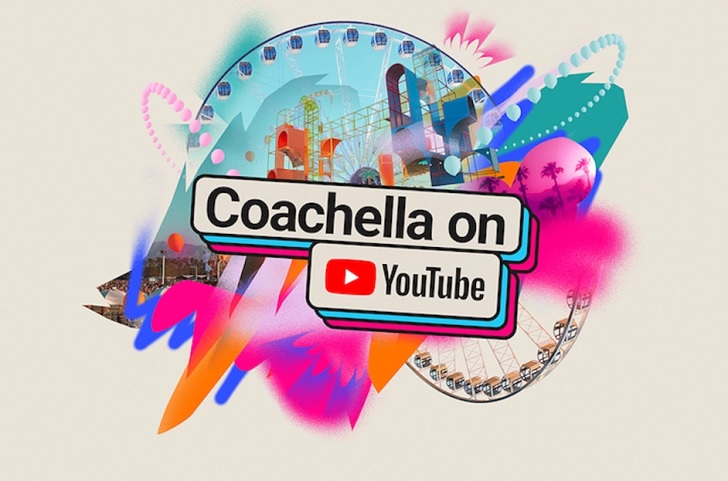
Billboard
Coachella has embraced social media and live streaming as a way to reach even more fans around the world. In recent years, the festival has partnered with YouTube to stream many of its performances live online, allowing fans who can’t attend in person to experience the event virtually.

